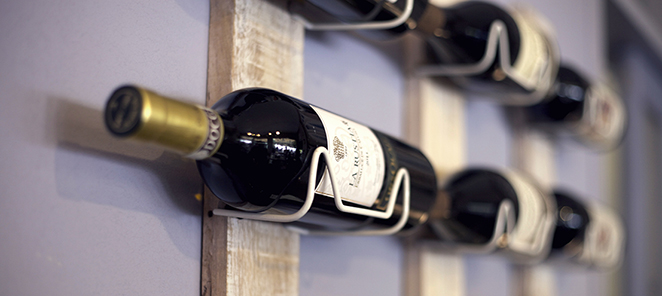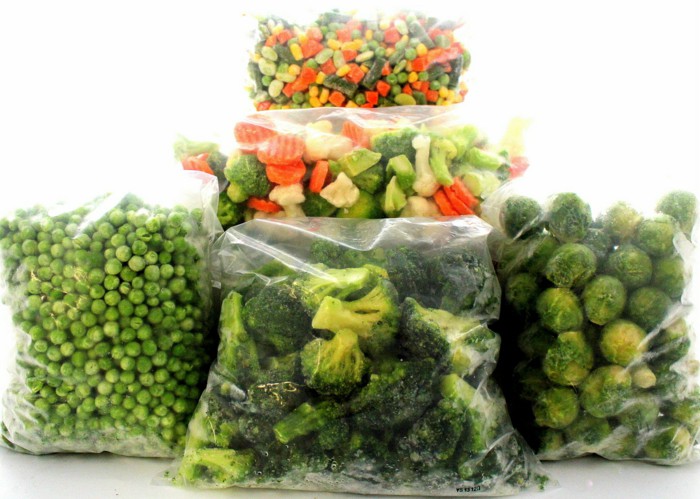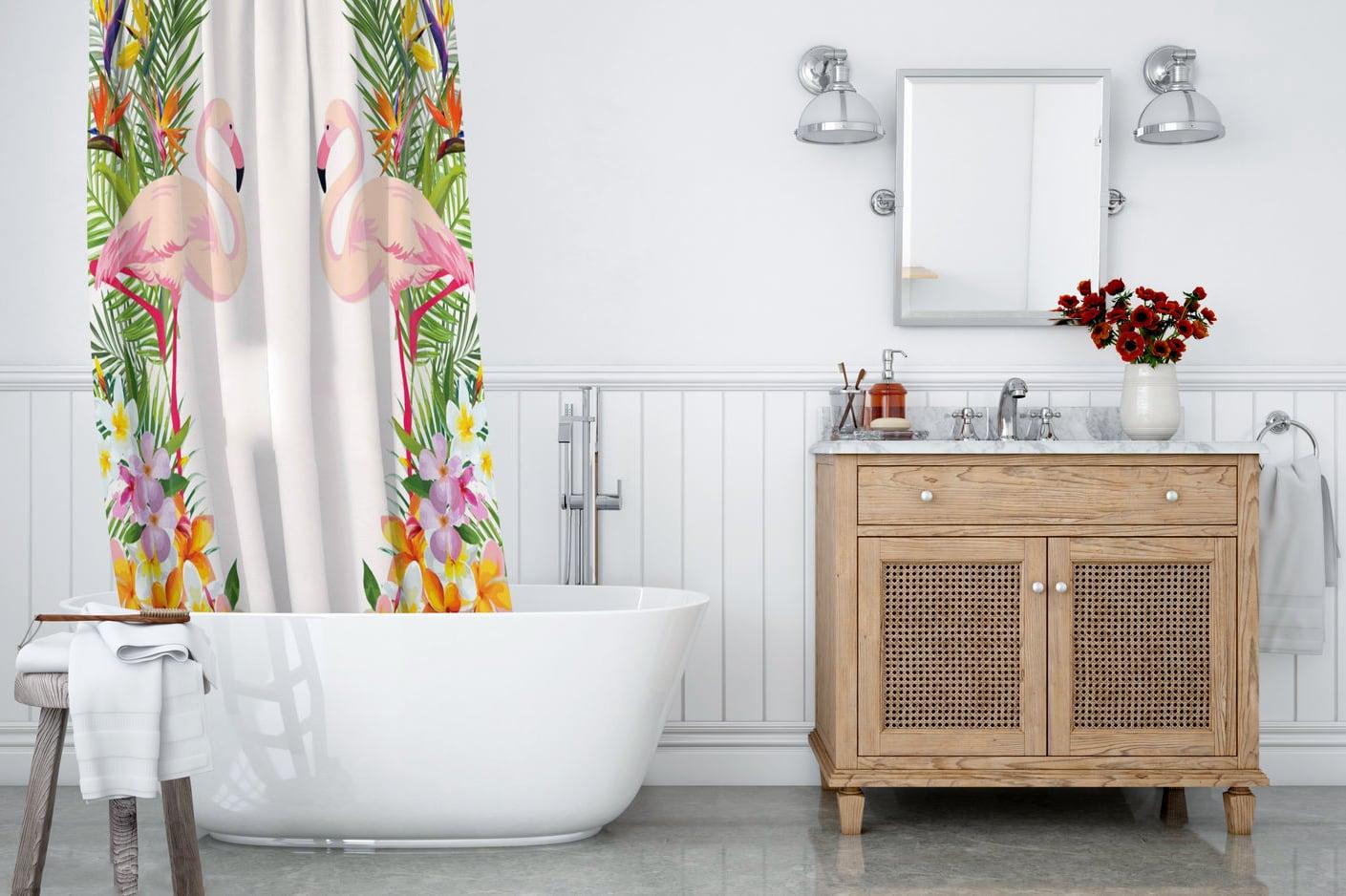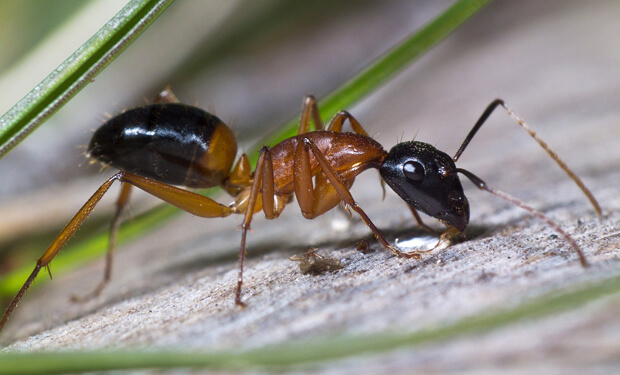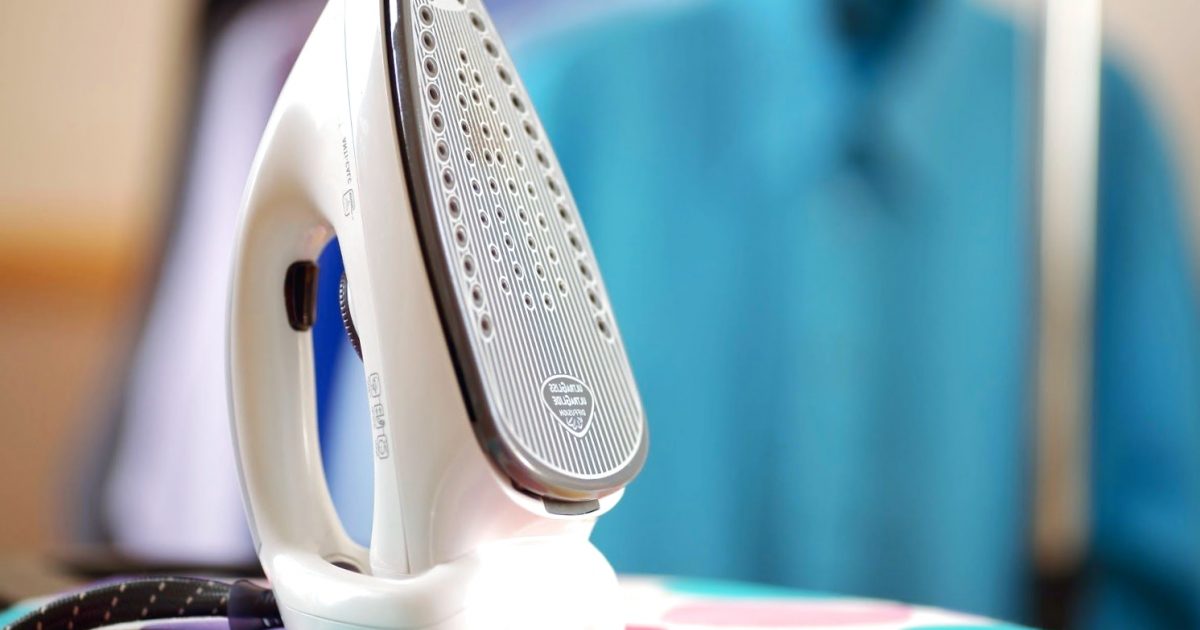No matter where the tile is laid, it tends to lose its attractive appearance, and it’s all the fault of Dirty joints..
Every housewife knows that washing joints takes a lot of time, and if you’re planning this kind of cleaning, it’s better to cancel other things and devote yourself to its majesty of tile that day. But, is that fair? No!
We’ve got some effective ways for you to How to clean seamsthat will save you time.
The most common stains that are difficult to wash:
- Building mixes, paints, and other solutions
- Kitchen grease, especially if the kitchen hood is not working properly
- mold, which tends to ruin not only your renovation, but also your well-being
- Dust, especially if they tried to remove it with a damp cloth
- temporary changes
If the darkening of the joints is provoked by fungus, the cause of the excess moisture should be eliminated before you begin cleaning.
Let’s prepare everything we’ll need to clean the seams:
- gloves, three rags, a stiff brush, a stiff metal sponge, maybe a toothbrush, a broom
- water, peroxide, apple cider vinegar, baking soda.
- ammonia, toothpaste.
- Abrasive cleanser with whitening effect
No, you don’t need to apply all of this inventory at once. Below are several effective methods from which you will choose the most appropriate one.
Cleaning interstitial joints after repairs.
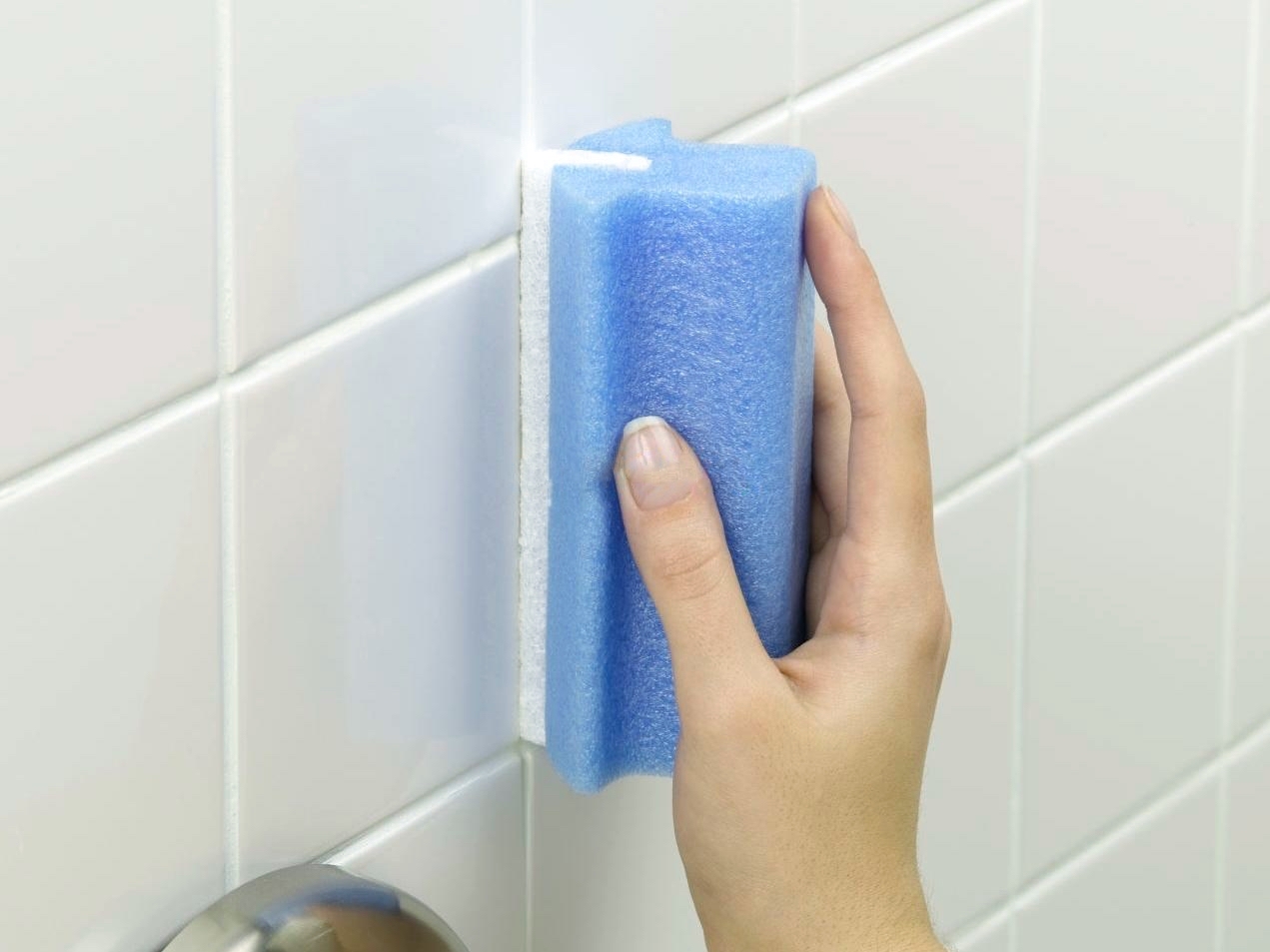
First you need to wash the surface with plain water, so you can see how bad the dirt will remain.
Remains of cement remove with a knife, paint stains can be removed with solvent diluted in water 2 to 1, the stain should be covered with the solution and scrub with force.
“Granny’s” methods with a whitening effect
- Soda – not only cleans but also whitens.
- Baking soda with lemon whitens and removes stubborn dirt
- Ammonia and water
- Toothpaste or tooth powder
A few tried-and-true methods for cleaning seams:
- Rub the seams with baking soda and leave it for 10 minutes, then splash/pour lemon juice on the cleaned areas and let it stand for 2-3 minutes. Repeat the procedure if necessary.
- Dilute 100 ml of ammonia alcohol in 1.5 liters of water and cover the seams with the solution for 20 minutes. Then rinse with water and wipe dry, if necessary, you can dry with a hair dryer.
- Tooth powder or toothpaste. Choose a dental care product with a distinctly minty scent, it will have a better effect. Rub the stitches with the toothpaste with a toothbrush and leave it for 5-7 minutes. Such a product will whiten the seams and tiles, as well as give a fresh aroma in the room.
Household chemicals
Some ECOological methods or folk recipes may require repeating the procedure to achieve full results. If you prefer to speed up the process, use plant-based household chemicals:
- oxygen bleaches.
- gels for removing difficult contaminants
- Joint whitening and tile cleaning sprays
- Cleaner marker that gives instant effect
What if the cause of the dirt is fungus?

In this case, not only will it be necessary to remove the dirt, but also to kill the fungus. Do not trust those remedies that the manufacturer calls universal. In order to solve the fungus problem, you need to use special chlorine-containing products..
Whitewash and ammonia in a 1 to 1 ratio. Pour into a sprayer and treat the joints, after pre-cleaning. Leave the solution on the tile for 30 minutes, then cover with a solution of water and apple cider vinegar (100g apple cider vinegar per 1 liter).

